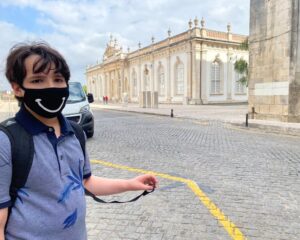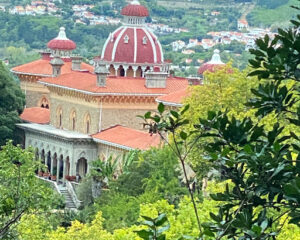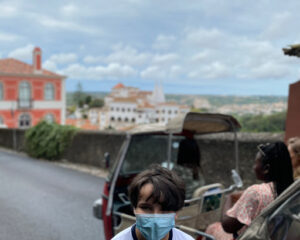Uzbekistan with its Silk Road heritage, wonderful people and spectacular architecture is near the top of my travel bucket list, I am looking forward to teaching Alex about this country. The first recorded settlers in what is now Uzbekistan were Eastern Iranian nomads, known as Scythians, who founded kingdoms in Khwarazm (8th–6th centuries BC), Bactria (8th–6th centuries BC), Sogdia (8th–6th centuries BC), Fergana (3rd century BC – sixth century AD), and Margiana (3rd century BC – sixth century AD).[18] The area was incorporated into the Iranian Achaemenid Empire and, after a period of Macedonian rule, was ruled by the Iranian Parthian Empire and later by the Sasanian Empire, until the Muslim conquest of Persia in the seventh century. All of Central Asia was gradually incorporated into the Russian Empire during the 19th century, with Tashkent becoming the political center of Russian Turkestan. In 1924, national delimitation created the Uzbek Soviet Socialist Republic as an independent republic within the Soviet Union. Shortly before the dissolution of the Soviet Union, it declared independence as the Republic of Uzbekistan on August 31, 1991. Uzbekistan today is a secular state ruled by a presidential constitutional government.



The Ark of Bukhara on the front side of the note

Flag of Uzbekistan












